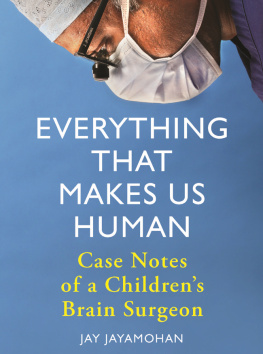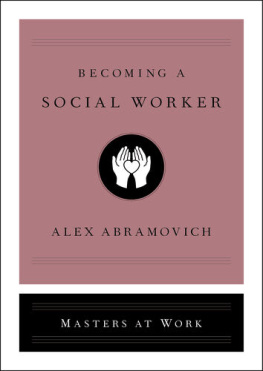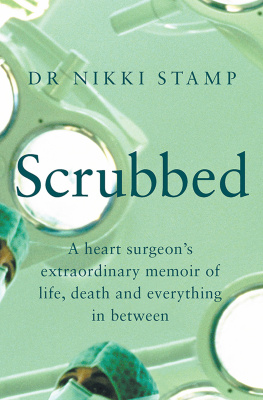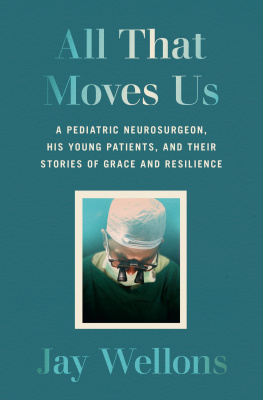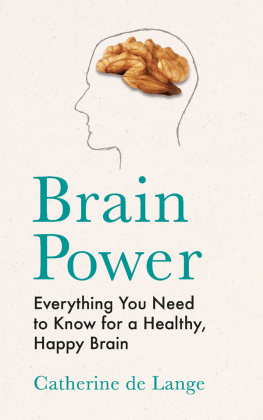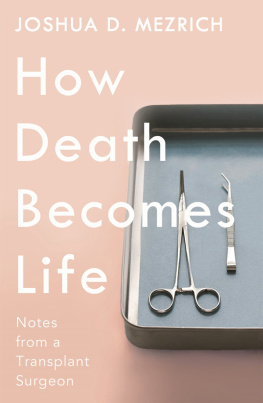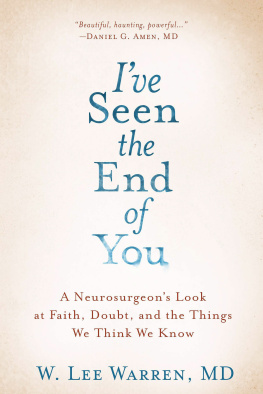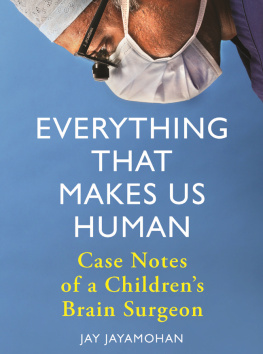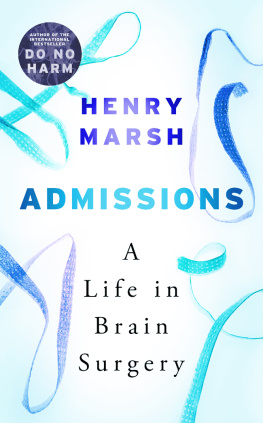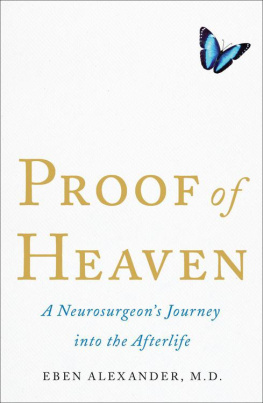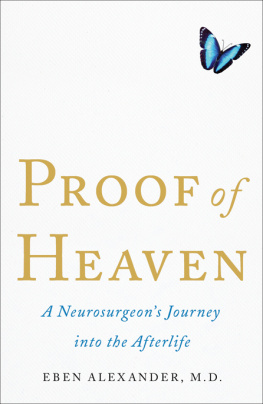EVERYTHING
THAT
MAKES US
HUMAN
For my family
First published in Great Britain in 2020 by
Michael OMara Books Limited
9 Lion Yard
Tremadoc Road
London SW4 7NQ
Copyright Jayaratnam Jayamohan 2020
Text written by Jeff Hudson 2020
Text copyright Michael OMara Books Ltd 2020
All rights reserved. You may not copy, store, distribute, transmit, reproduce or otherwise make available this publication (or any part of it) in any form, or by any means (electronic, digital, optical, mechanical, photocopying, recording or otherwise), without the prior written permission of the publisher. Any person who does any unauthorized act in relation to this publication may be liable to criminal prosecution and civil claims for damages.
A CIP catalogue record for this book is available from the British Library.
Some names and identifying details have been changed to protect the privacy of individuals.
ISBN: 978-1-78929-140-7 in hardback print format
ISBN: 978-1-78929-154-4 in ebook format
www.mombooks.com
CONTENTS
U h. Uh-uh-uh. Uh-uh-uh. Uh. Uh. Uh. Uh.
The opening chords of AC/DCs Back in Black ring out. The image of Angus Young the bands guitarist in trademark schoolboy uniform flick fleetingly across my mind. Very fleetingly.
The large screens behind me are in focus, ready to go. I look at the anaesthetist. She gives me the nod. I check with the scrub nurse. Shes primed, prepped. Ready.
Finally, I look down at the tiny bundle of humanity on the table beneath me. I pick up my knife and I say, Lets begin.

Ever since I was little, music has meant a lot. When I was nine, my uncle gave me a cheap Pye tape recorder. I used it to do what I imagine everybody my age did back then, which was to tape the Top 40 singles chart. I realized that when I was listening to that, the rest of the world faded away and I was able to concentrate. Everything just stuck when the volume was up. I could do my homework and read books so much more easily. Through O levels, A levels and medical school, if I didnt have my headphones on then nothing was sinking in. There was too much extraneous noise. I was too easily distracted.
And in an operating theatre with an eighteen-month-old baby in front of you, distracted is the last thing you can afford to be. For their sake and yours, you want and need to be at the top of your game. Its the only way to stack the odds against whatever is attacking them. Tumour, spina bifida, massive head trauma. I we can try to fight them all. But only when Im concentrating.
I dont always win. I cant always win. But I try. I do everything possible to abide by the number-one rule in the doctors handbook, and the title of a book written by one of my old teachers and inspirations, Henry Marsh: do no harm. And then some. And thats what I tell the patients and their parents when they come to the question they always eventually ask: Doctor Jay, tell us. What are the odds?
They cant help it. They want to know, in terms they can understand, just how likely it is that their child will survive. How certain that the operation their loved one is about to undergo will be successful. They want a percentage, a number out of 100. Something they can translate. Something they can process.
Im no mathematician, but I do my best. Im always honest. I always reply. Sometimes the win/lose ratio is 50:50. Sometimes its 90:10. Sometimes its the opposite way round.
It doesnt really matter. I always follow up with the same words: I can tell you the odds, but whether theres a five per cent or a ninety-five per cent chance of success, it doesnt matter. Were going to go for it. Were going to do our best.
The we means all of us doctors, nurses, scrub staff and, of course, parents and patients. Because the alternative doesnt bear thinking about.
I became a doctor to save lives. I became a neurosurgeon because I believed it to be the highest achievement in medicine. I became a paediatric neurosurgeon to give a voice to those patients so long overlooked because of their age. To give them a life. To give them a chance. To give them respect.

In the background my young registrar flicks the volume dial on the speaker.
UH. UH-UH-UH. UH-UH-UH. UH. UH. UH. UH.
Lets do this.
I ts 7.45 a.m. Surgery day. Time to meet the contestants.
The pre-operative ward is I like to think in my egotistical way a bit like the airlock chamber in a spacecraft. It prepares you for whats to come. Im there with a junior trainee neurosurgeon plus a couple of young doctors, the core of the team soon to go to work. To be honest, its more of a courtesy call than anything, as the patient and her family have seen us all before. Weve already gone through the procedure at length during clinic and then again over the last few days. In the week before an operation, I like patients to come in beforehand to be assessed by the whole team of specialists. Nobody stays over unless theyre too ill to move. They get checked and double-checked by everyone who I think can offer some insight. I prefer to keep surprises during the operating process down to a minimum.
These eleventh-hour visits are mainly to check that the little one hasnt developed a chest infection or anything overnight and to make sure there are no last-minute questions from anyone. Its also the last chance that parents and patient get to meet the team before we dive behind our face masks. Its important to me that they know exactly who is looking after their pride and joy.
Finally, we get a few confirmation signatures You accept the risks, any more questions? and were ready. All the big conversations have been had on previous days. I ensure that they hear the standard Jayamohan promise: I will treat their child as I would want my own kids treated if they were sick. No bigger promise exists, in my opinion.
If we have our timing right we should run into the rest of the team for ward rounds at exactly 8 oclock. We have four neurosurgeons, two or three plastic surgery consultants who work alongside us, a smattering of juniors a couple of registrars and ward doctors a nurse or two, plus the odd medical student. It can turn into a large crowd.
Im sure it can be quite intimidating to have a John Radcliffe XI surround your bed, especially if youre barely old enough to fill a third of it, but I hope it conveys the right message: were here to help. All of us.
Babies tend to treat it as they do everything else, with sleepy indifference. Theyre like cats but less fickle. Parents, on the other hand, dont know where to look, let alone stand.
No patient is more important than another except on surgery days. At 8.30 a.m. I break off from the general meet n greets and make my way to theatre.

You see sportsmen and women often get into a huddle before a big match. For them its a sign of public solidarity. The Team vs The World. When we do it, its more about making sure that we dont chop out the wrong bit of the brain.
Before every operation these days we tick off the WHO the surgery checklist introduced by the World Health Organization to eradicate errors. Its so simple, yet so effective.
Patients are already booked in on our electronic system, to let the scrub nurses know what well be doing and which kit needs to be prepared. Everyone about to be involved in the forthcoming operation introduces themselves to the others. Nine times out of ten we know each other anyway, but new trainees or nurses do appear every so often. Research shows that even knowing everyones name and role can reduce errors.

